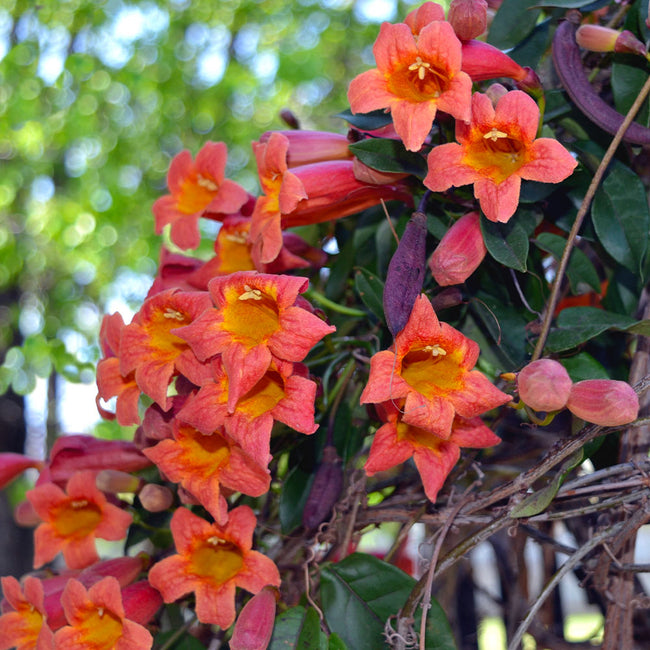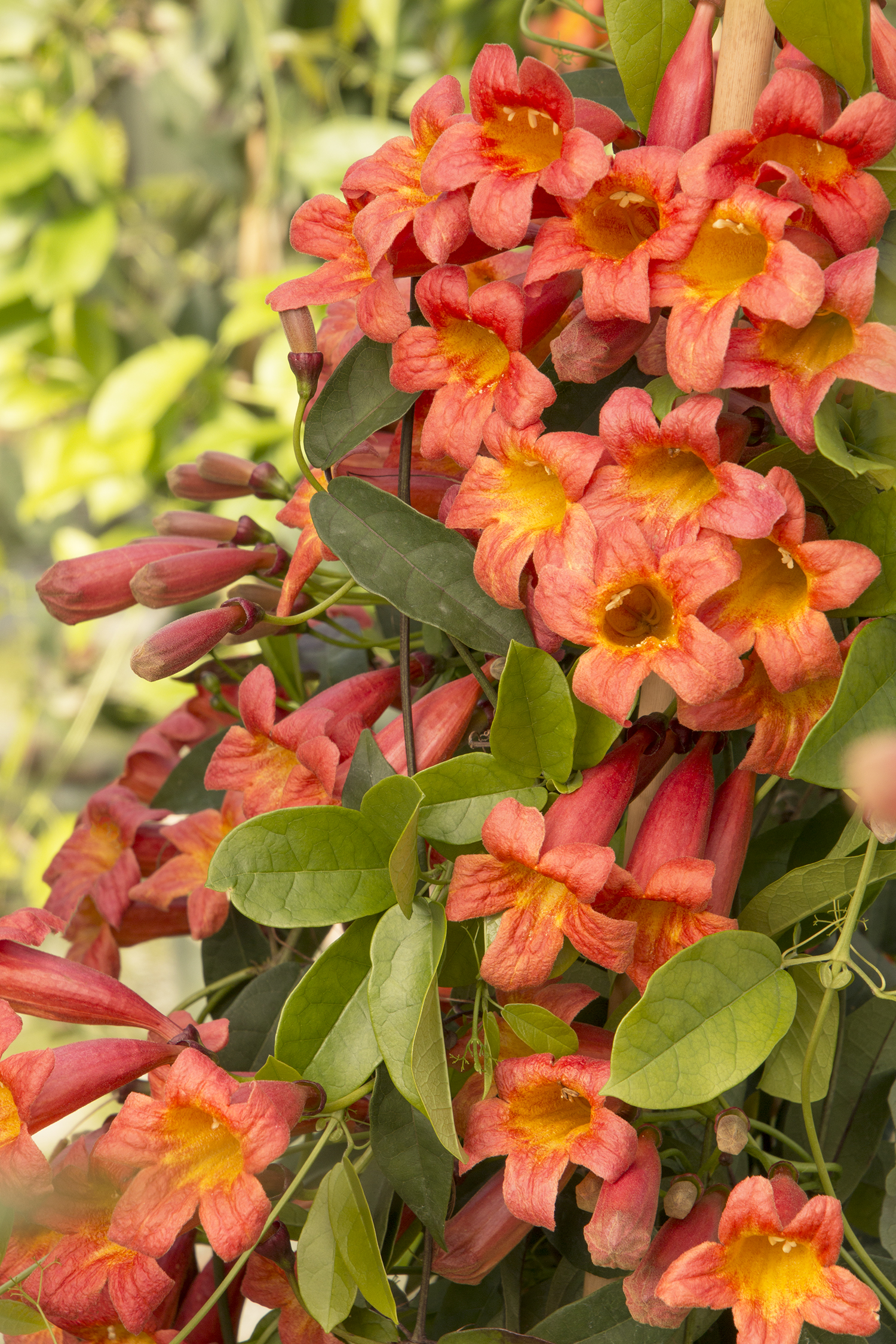
This plant is deer resistant, and butterflies and hummingbirds enjoy the plant’s nectar. This plant is an annual that is closely related to Morning Glories. Resembling a firecracker exploding, this beautiful vine grows rows of banana-shaped flowers arranged in a gradient of red to orange to white. Firecracker Vine Firecracker Vine is a perennial vine with beautiful, graceful shoots up to 16 feet long! Scientific Name: Ipomoea lobata However, these berries are poisonous to most household pets and cause digestive problems if eaten. Additionally, many birds, including robins and finches, enjoy eating the red berries produced by this plant. This plant is a favorite for pollinators such as hummingbirds and butterflies. While similar in appearance to the Japanese Honeysuckle Vine, the Coral is a non-invasive species that is well-liked by many species. The Coral Honeysuckle Vine is a low-maintenance woody perennial. Geographic Origin: Eastern United States.Coral Honeysuckle Vine Coral Honeysuckle Vine is a tall climbing shrub with bare shoots, reaching a length of up to 20 feet! Scientific Name: Lonicera sempervirens It’s planted as an annual flower in many colder climates. This plant produces patches of beautiful orange flowers when properly taken care of.Ĭape Honeysuckle is considered invasive in certain areas of the world due to its fast spreading roots. This plant requires a lot of care and pruning to maintain it as a climbing vine, but the effort is worth it. It can climb walls or trellises with minimal support. It is a scrambling shrub that you can train as a climbing vine. Scientific Name: Tecoma capensisĭespite its name, the Cape Honeysuckle is not actually a type of honeysuckle.

Cape Honeysuckle Cape Honeysuckle is an evergreen upright branched shrub, originally from southern Africa. But it’s often used as a great ornamental vine on an annual basis in hardiness zones 3-8. This vine is considered invasive in certain areas, so keep that in mind before planting. The flowers on this plant come in various shades, so if you have your heart set on vines with orange flowers, you have to be careful to make sure you purchase the right variety.īlack-eyed Susans are not toxic to humans or to dogs, but they are mildly toxic to cats if ingested. This necessity makes this plant easy to grow outdoors with the right setup but more difficult to grow indoors.

Susans are picky plants regarding water consumption, as they require damp but easily drainable soil. This plant is famous for its dark brown center, giving it the appearance of a ‘black eye.’ Considered Invasive: Yes, in some areasīlack-eyed Susan vines are the first flowering vines on our list.Black-Eyed Susan Vine Black-Eyed Susan Vine is low maintenance, and only needs regular watering in most climates.


 0 kommentar(er)
0 kommentar(er)
